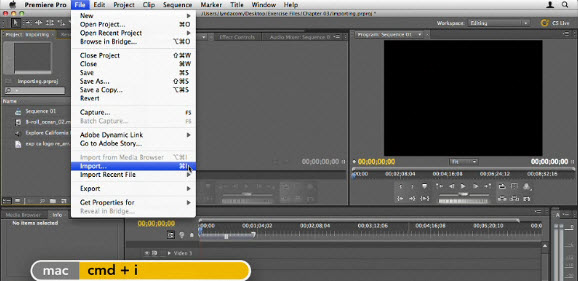


Microsoft recognized the problem and sought to develop a standard that would losslessly compress the video files. Publishers who were more concerned about video quality instead were searching for an ideal compression algorithm that would compress the video files while still preserving the quality. Lossily compressing the videos would save a lot of space, but not without degrading the quality of the videos. Thirty seconds of video displayed in 24-bit color and at thirty frames per second and Super VGA resolutions could take up 680 megabytes of space-the storage capacity of most CD-ROMs in 1992. Publishers faced a predicament regarding how they should distribute videos on CD-ROMs. In 2010 the US government's National Archives and Records Administration defined AVI as the official wrapper for preserving digital video.

These files are supported by Microsoft, and are unofficially called " AVI 2.0". Many AVI files use the file format extensions developed by the Matrox OpenDML group in February 1996. Like the DVD video format, AVI files support multiple streaming audio and video, although these features are seldom used. AVI files can contain both audio and video data in a file container that allows synchronous audio-with-video playback. v iː ˈ aɪ/ ), is a proprietary multimedia container format and Windows standard introduced by Microsoft in November 1992 as part of its Video for Windows software. Audio Video Interleave (also Audio Video Interleaved and known by its initials and filename extension AVI, usually pronounced / ˌ eɪ.


 0 kommentar(er)
0 kommentar(er)
